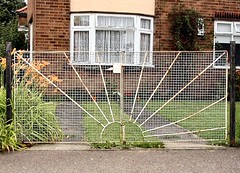
Sunburst
Originally uploaded by Colonel Blink.
The most iconic popular design of Britain in the 1930s; the sunburst. Used on everything from wireless sets (that's what we now call radios) to fabrics to food wrappers. It fell out of favour, supposedly, during the Second World War because of its association with the Japanese Flag.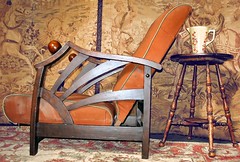
Its use in garden gates (illustrated) and front doors caused it to become a symbol of Surburban living. Once you start looking for them sunbursts in one form or another become ubiquitous; one imagines future archaeologists digging through the dust of our world and concluding they formed part of a religeous cult.
Earlier examples start to reveal themselves; this from 1912
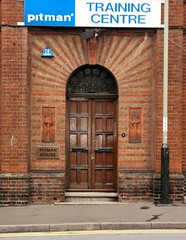
The confusion with the Japanese flag was not coincidental; the design first came to the fore before the First World War as Japan 'opened up' to the West. There were any number of Japanese exhibitions London. The Japanese flag with its use of a circle for the sun and straight lines for its rays had obvious attractions for cubist and art deco influenced designers.
Iinformation from the excellant British Dance Band Encyclopaedia
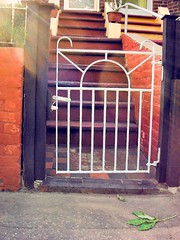
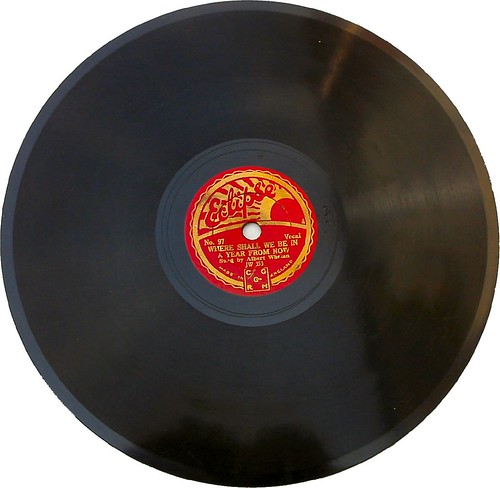

No comments:
Post a Comment